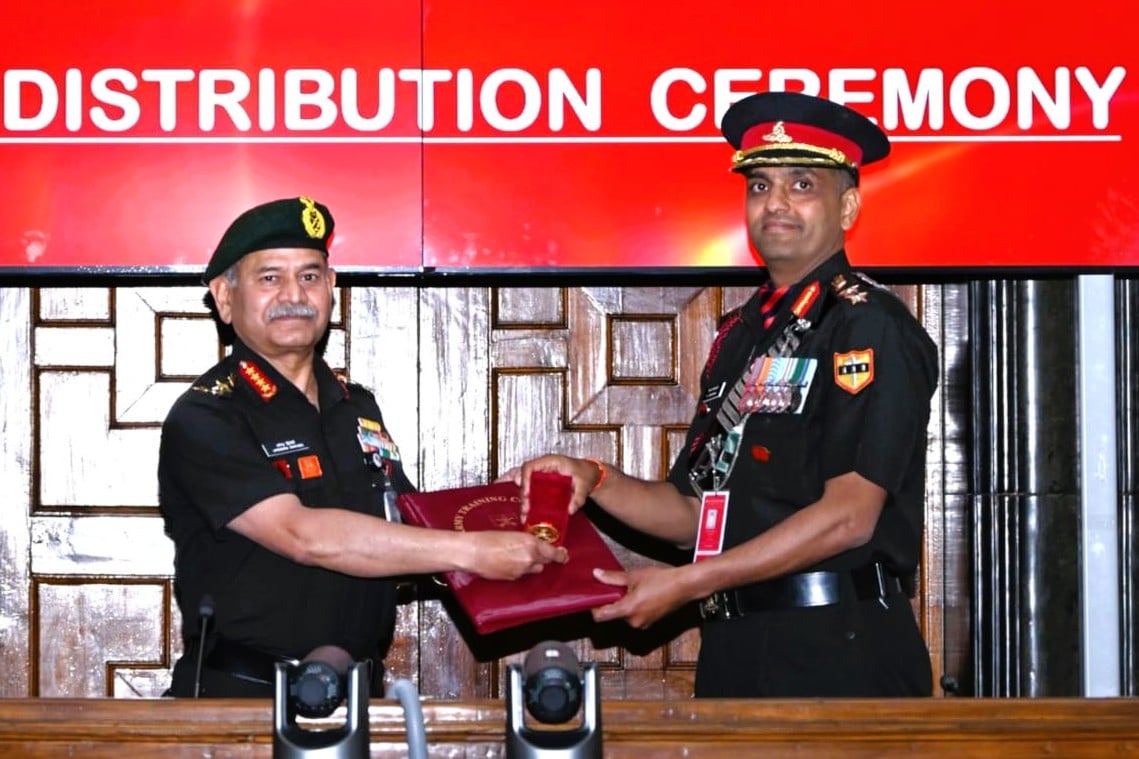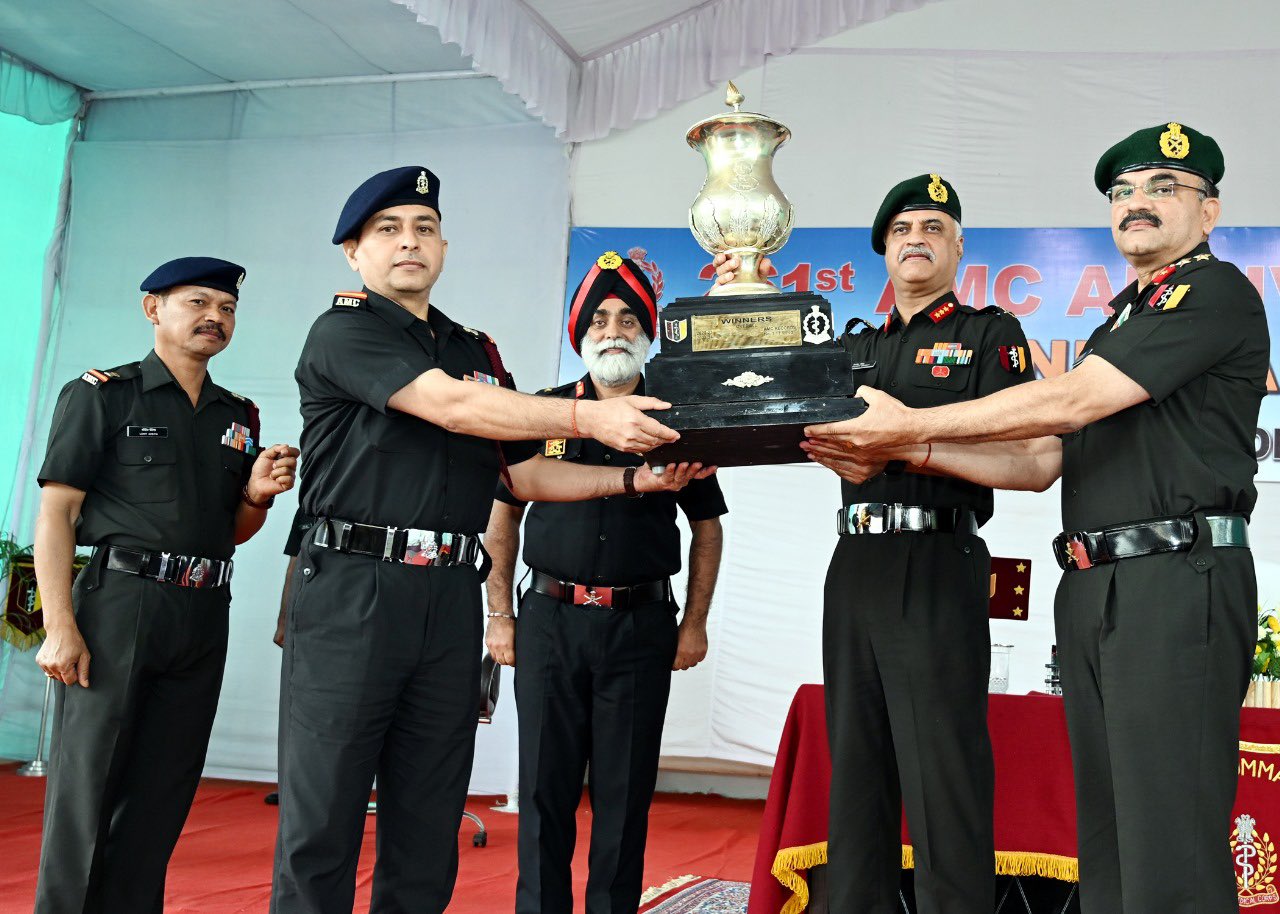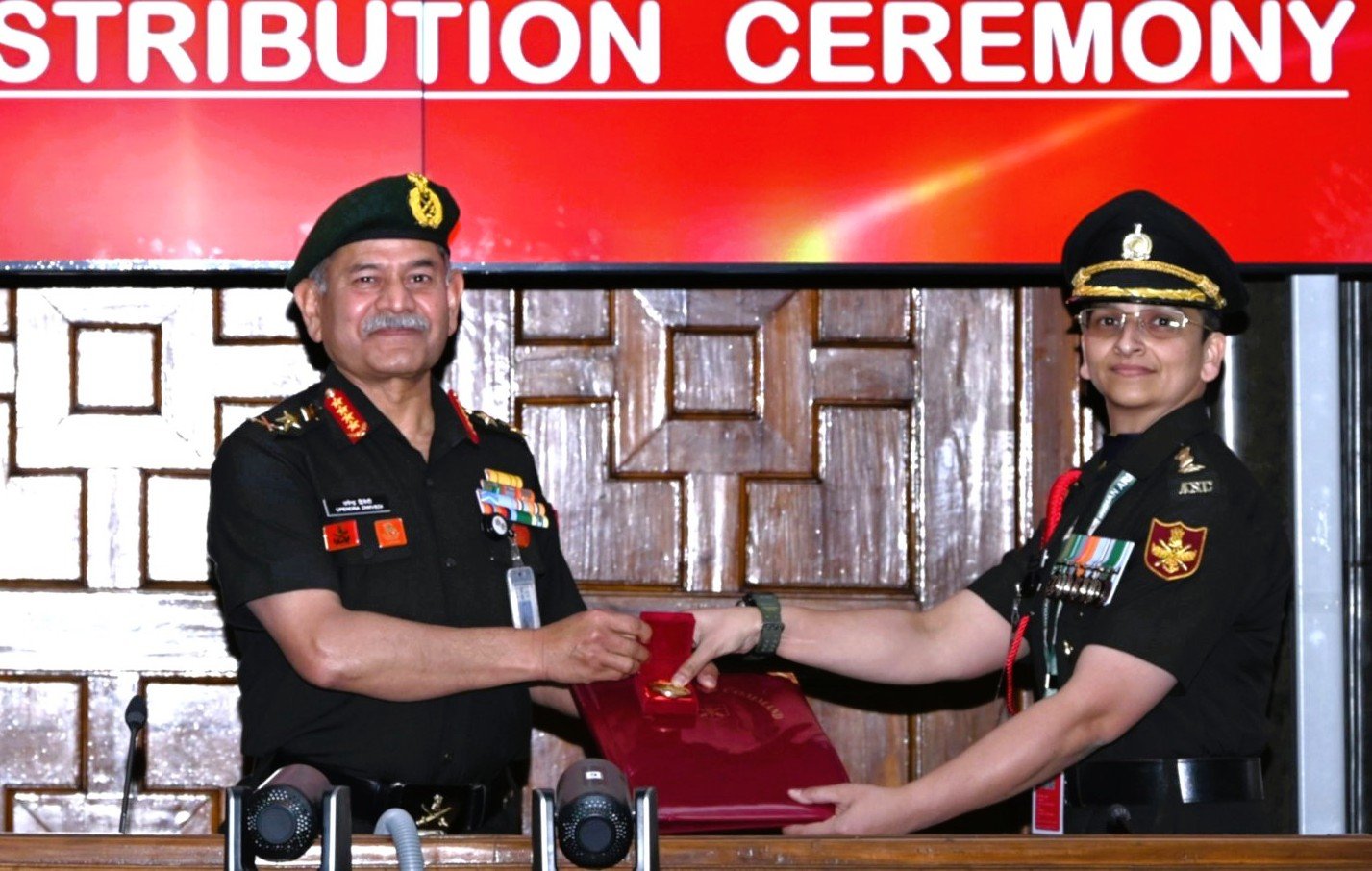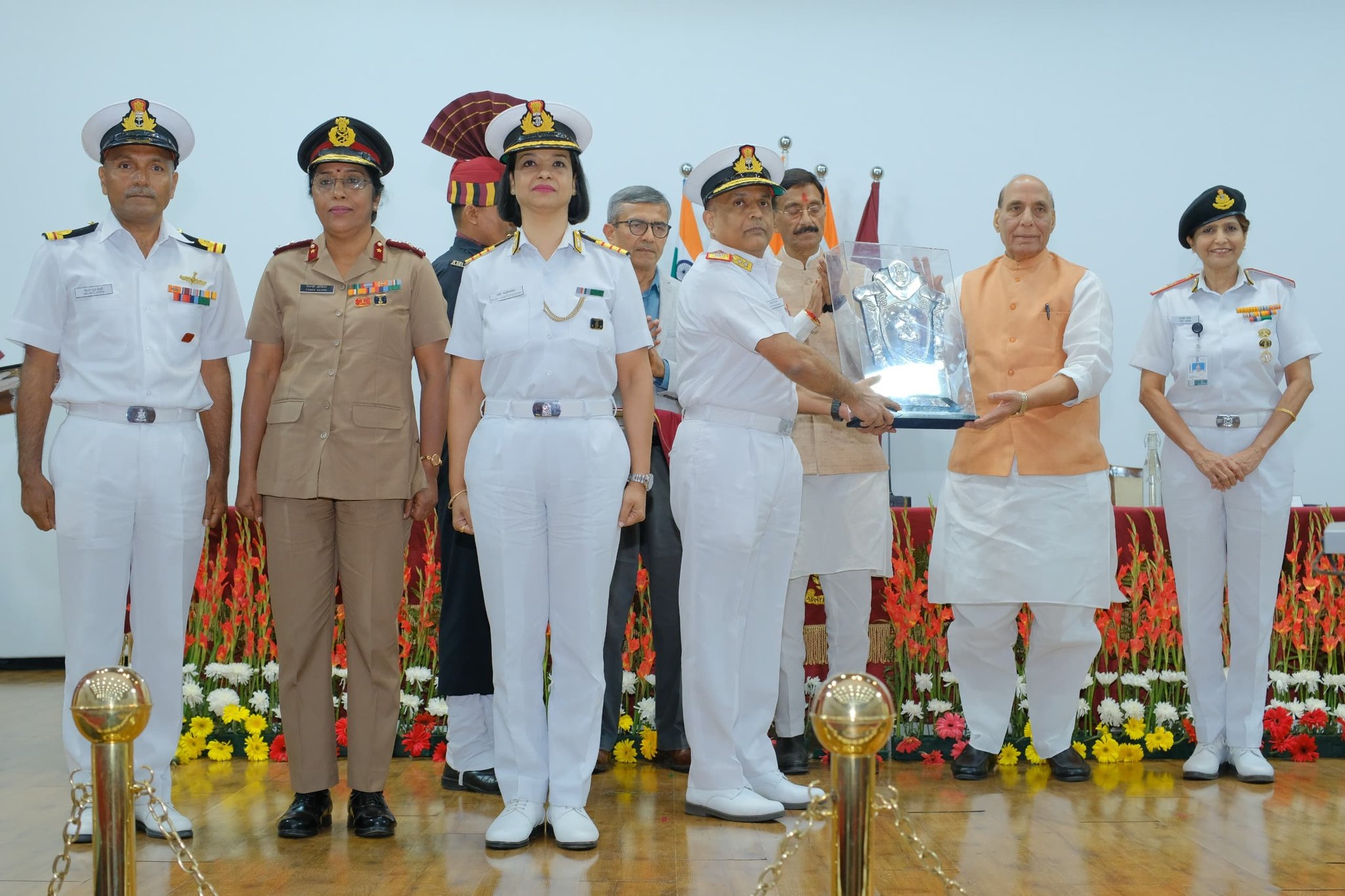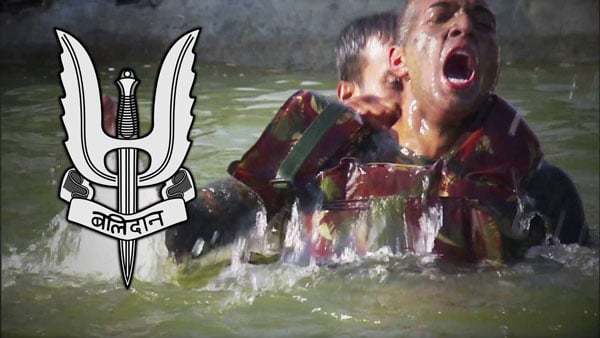Recent media reports have surfaced suggesting that the Pakistani government has greenlit the acquisition of J-35A stealth fighters from China, with introductions into service expected within the next two years. While these claims are generating significant interest, they remain unconfirmed by official sources within the Pakistani government.
The discussions surrounding the J-35A acquisition have gained momentum following its unveiling at the Zhuhai Airshow 2024, where it was showcased as an advanced fighter jet. Notably, earlier this year, Air Force Chief Air Chief Marshal Zaheer Ahmed Baber Sidhu indicated that groundwork for obtaining the J-31 stealth fighter had already been established, with expectations that these aircraft would augment the Pakistan Air Force’s (PAF) fleet soon.
The J-35A, seen as a substantial upgrade of the earlier J-31 model, is noted for several advanced features that enhance its combat capabilities. This includes the installation of more powerful WS-19 engines, which provide better thrust and overall performance. Additionally, the aircraft is equipped with a cutting-edge radar system and improved sensor fusion technology, along with enhanced aerodynamics and stealth characteristics. A broader arsenal of weapons, including sophisticated air-to-air and air-to-ground missiles, further increases its operational versatility. The avionics of the J-35A are reportedly comparable to those found in China’s J-20 fighter, currently the crown jewel of the People’s Liberation Army Air Force (PLAAF).
In March 2022, the PAF had integrated its first batch of J-10C fighter jets into its squadron, a noteworthy addition that underscores its ongoing modernization efforts. The J-10C boasts characteristics that reinforce its reputation as a fourth-generation plus-plus fighter, including reduced radar visibility, advanced sensors, and high maneuverability. While lighter and carrying a smaller payload than India’s Su-30MKI, its superior avionics and cost-effectiveness highlight a strategic advantage.
As the landscape of military aviation evolves, projections suggest that by 2030, the PAF may operate around 40 J-35A fighters across two squadrons. In stark contrast, analysts speculate the Indian Air Force (IAF) might not possess any stealth fighters by that time, potentially placing India at a strategic disadvantage. While the IAF’s anticipated order for the still-in-development Advanced Medium Combat Aircraft (AMCA) is a possibility, its future remains uncertain amid escalating concerns about Pakistan’s expanding aerial capabilities.
The implications of the stealth gap are significant. Stealth fighters feature a markedly smaller radar cross-section compared to traditional aircraft, complicating enemy detection and engagement. This technological edge allows pilots to launch strikes while remaining undetected, which could shift the balance of power in aerial confrontations. The development of advanced missile systems by China, which can be deployed from stealth fighters before radar systems can effectively track them, represents a growing threat that cannot be underestimated.
In this context, India faces a dual challenge: addressing long-standing regional conflicts with militarily capable adversaries while ensuring its own military modernization efforts maintain a credible deterrent. The evolving situation calls for a careful reevaluation of defense strategies, particularly as the dynamics of air power increasingly play a crucial role in national security.
India has been pursuing indigenization in defense manufacturing through its Make-in-India initiative. However, the progress in these efforts has faced significant hurdles, including bureaucratic roadblocks and perception issues that hamper the private sector’s involvement in defense production. Projects have encountered delays and cost overruns, raising questions about the viability of this strategy in a timely response to security challenges.
Learning from contemporary conflicts, such as the ongoing situation in Ukraine, highlights the harsh reality that numbers matter significantly in prolonged conflicts. This reinforces the urgent need for India to bolster its air strength and ensure its aircraft can cover extensive battlefronts to effectively deter aggression.
The growing stealth gap and the potential reduction in IAF squadron strength are pressing concerns for national defense. As India continues to grapple with its historical adversaries, the ability of the IAF to secure the nation’s airspace is of paramount importance, necessitating a proactive approach to military readiness and deterrence.



